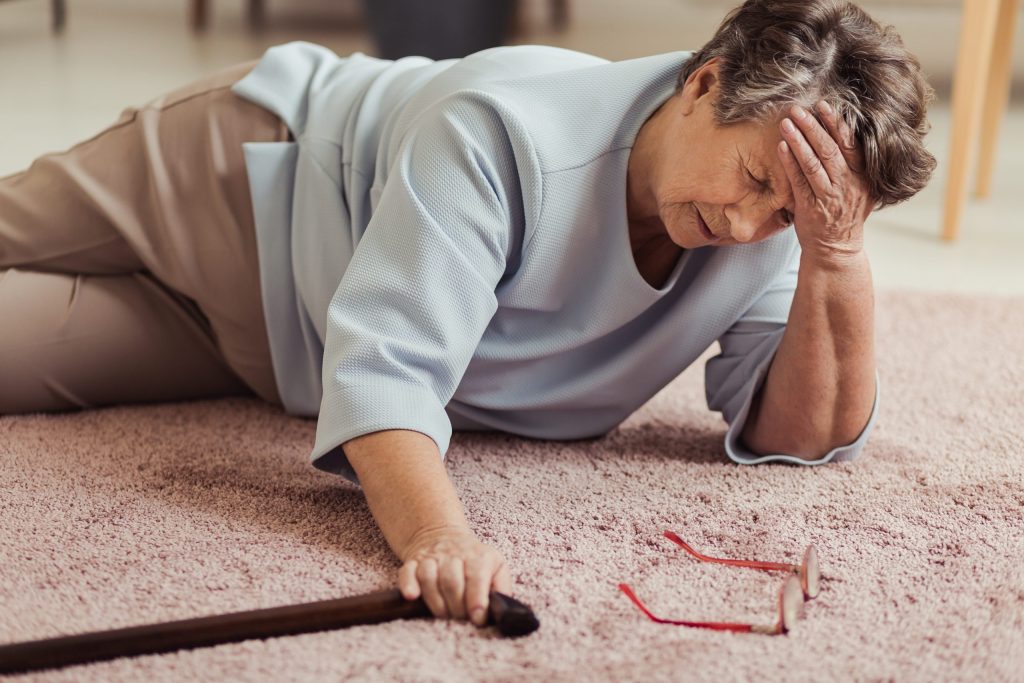
MED e-care's three reasons why data holds the key to fall prevention
Falls are one of the greatest risks facing care home residents, often signalling the start of a continued decline for the resident. A single fall can result in serious medical complications, this is why the MED e-care team have made falls prevention a top priority for our care planning software development in 2022.
“I would argue that falls prevention is more important now than it was even two years ago,” Chris Pearson, Head of Care Partnerships says. “If you add in social isolation and lack of movement, the probability for fall risk has increased tremendously. Our aim is to prevent falls by using care data.”
Here are MED e-care’s three reasons why data holds the key to fall prevention.
Easy to use and cost-effective
Fall prediction and prevention systems that use actual care data are accurate, reliable, robust and cost-effective. Data brings together all the facts instead of depending on someone’s perspective, which eliminates any guesswork.
Reliable fall prediction
The high specificity and sensitivity of care data creates reliable fall prediction systems. This is critical because seemingly lesser risks may hold more significance in the bigger picture. And that is MED e-care’s mission, to put you in the picture. A resident’s pre-existing risk factors are often known upon arrival at a new care home, but when those factors overlap with other risks throughout the duration of their care, there is a compounding effect that may go unnoticed. The more information available, the more confidence Care Workers can have in understanding specific risk factors as they relate to other risks and falls in general.
Ability to capture complex data
Through AI machine learning, care data can be used to predict falls by using information about resident behavioural patterns, clinical realities, and the environment in which they live. When a resident falls, the system can log that fall with information, most importantly time and location. This allows Care Managers to make more accurate fall predictions, which in turn allows them to proactively change the resident’s environment or schedule to prevent future falls.
Whether the result of unprecedented staff shortages or the growing acute needs of care home residents, the risks of and outcomes from falls are much greater now than they were prior to the pandemic. Fall detection and prevention is critical to mitigating those pain points, with care data as the key to their success.


